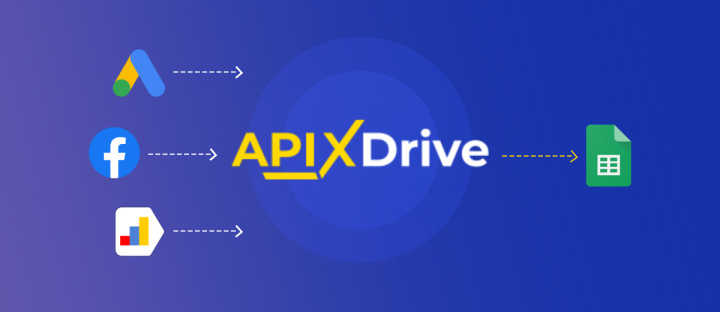What Is An API In Simple Words
Today, the term API is constantly heard not only by developers, but also by representatives of businesses of various sizes. But what exactly is hidden behind this term? Let's talk about this in the most simple words.
The abbreviation API stands for "Application Programming Interface". Technically, this is a set of tools that allows applications to interact with each other. A kind of language, thanks to which all kinds of programs created by developers unfamiliar with each other using different programming languages can transfer data to each other.
An important point is that in order to connect applications to each other, the developer does not need to know their internal structure. For example, in order to set up integration with Facebook, there is no need to know the internal structure of this social network. But thanks to the API, it is possible to receive, for example, all the necessary information about new user posts in a third-party application.
Here you can compare the API with a soda vending machine. In order to get a can of cola, you do not need to understand the structure of the device, it is enough to understand the purpose of the buttons on its surface, which is not difficult at all. In this case, the machine can be called a program, the received can of soda can be compared with the data, and the buttons act as an API. In this case, the buttons can be very different, it all depends on the creators of the machine.


The API can be provided completely free of charge and be completely open. But it is also possible that you will have to pay for the opportunity to use it. Or, only the basic features will be free, and you will need to pay for additional options. Often there is also such an option when using the API itself is completely free, but you have to fork out for the data you receive - no one will ask money for access to the machine, but you have to pay for soda.
For example, a weather forecasting service does it completely free of charge for air temperature, but charges for data on humidity levels or wind speed. Or a machine translation service provides an xAPI completely free of charge, the payment is calculated based on the number of characters in the translated text.
Another option for distributing the API is exclusively for the internal needs of the company that created it. In this case, outsiders may not even know about the existence of the interface.
APIs today are created by a variety of services that provide products for both ordinary and corporate users. This makes it possible to interconnect a wide variety of applications. Moreover, the work of many things familiar to you would be impossible without the API. For example, when you launch the Gmail application, it communicates with the Google mail service servers through the API.

In our work, we constantly use the API. It is thanks to this interface that ApiX-Drive users have the opportunity to interconnect various services and applications. For example, set everything up so that the IP telephony service transmits data to create an entry in Google Sheets when an incoming call comes in. Or so that when a new record is created in the CRM system, a corresponding notification is automatically sent to Telegram. If desired, the list of examples can be continued.
And if traditional methods for connecting applications via API cannot do without a programmer or programming skills, then thanks to the ApiX-Drive application connector, all actions are performed in just a few minutes with simple mouse clicks. Everything is cheaper and more convenient. In addition, there is no need for constant support. After all, if the developers of any application make changes to the API they developed, then they will have to deal with the connection settings again. In the case of ApiX-Drive, such nuances do not bother the user at all.
By the way, the API is not the only way to customize how applications interact with each other. In some cases, Webhook is used - a mechanism that works on a slightly different principle.
